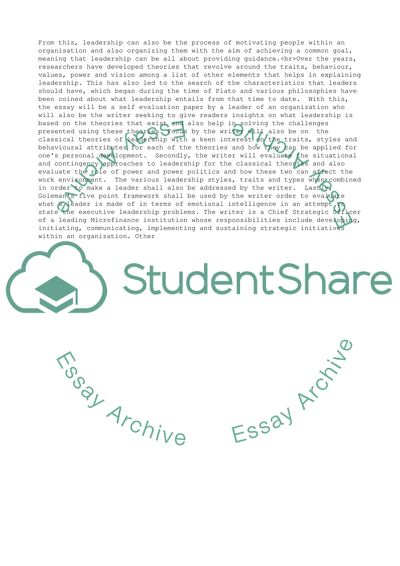Cite this document
(Executive Leadership Assignment Example | Topics and Well Written Essays - 3000 words, n.d.)
Executive Leadership Assignment Example | Topics and Well Written Essays - 3000 words. https://studentshare.org/management/1875149-executive-leadership
Executive Leadership Assignment Example | Topics and Well Written Essays - 3000 words. https://studentshare.org/management/1875149-executive-leadership
(Executive Leadership Assignment Example | Topics and Well Written Essays - 3000 Words)
Executive Leadership Assignment Example | Topics and Well Written Essays - 3000 Words. https://studentshare.org/management/1875149-executive-leadership.
Executive Leadership Assignment Example | Topics and Well Written Essays - 3000 Words. https://studentshare.org/management/1875149-executive-leadership.
“Executive Leadership Assignment Example | Topics and Well Written Essays - 3000 Words”. https://studentshare.org/management/1875149-executive-leadership.


